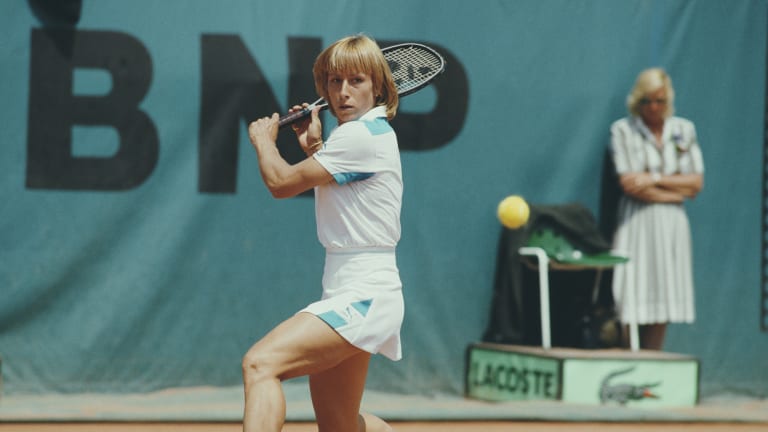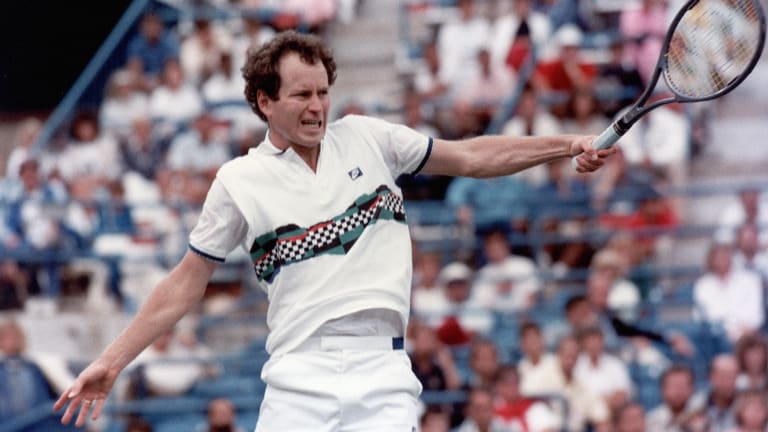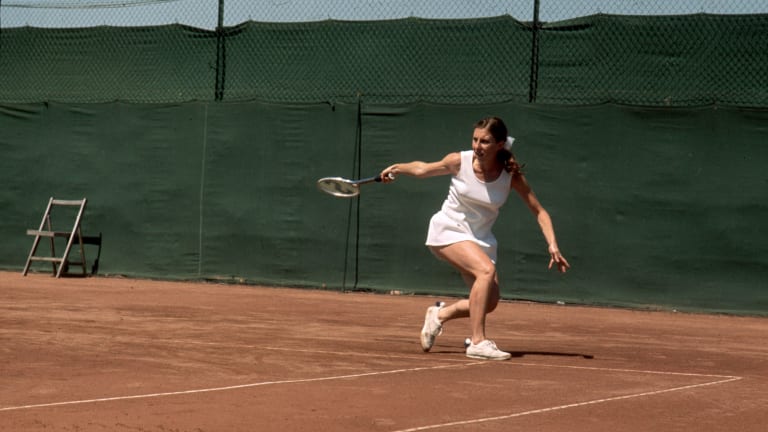Special Feature
Where’s McEnroe? Why Barty? Why not Korda? A “20 Greatest One-Handed Backhands of the Open era” postscript
By Mar 16, 2023Special Feature
The mindset of a super squad: How Danielle Collins, Emma Navarro and Tommy Paul became U.S. tennis stars
By Oct 30, 2025Special Feature
The mindset of a disruptor: Daniil Medvedev and Jelena Ostapenko harness the chaos
By Oct 29, 2025Special Feature
The mindset of a finalist: Sinner, Pegula and Zverev on what gives them a mental edge
By Oct 28, 2025Special Feature
Fifty years after winning her first US Open, Chris Evert says her legacy won’t be contained in a trophy case
By Sep 05, 2025Special Feature
Welcome to Tennis Channel Airlines ✈️
By Jul 15, 2025Special Feature
Henry Searle, 2023 Wimbledon boys' champ, trusts self-improvement mindset will see things fall into place
By Jun 29, 2025Special Feature
On the first day of the Paralymics in Paris, an ode to wheelchair tennis
By Aug 28, 2024Special Feature
What “gift” each American men's contender needs to get over the Grand Slam hump
By Mar 03, 2024Special Feature
One-Slam Wonderful: Yannick Noah's Roland Garros title, 40 years later
By Jun 11, 2023Where’s McEnroe? Why Barty? Why not Korda? A “20 Greatest One-Handed Backhands of the Open era” postscript
Plus, looking back at the weirdest one-handed of them all, from Frankie Durr.
Published Mar 16, 2023
Advertising
Advertising

It was hard leaving Navratilova's backhand off the list.
© Getty Images
Advertising

And McEnroe's, too.
© Getty Images
Advertising

Get to Know, Now: Henry Searle
The 2023 Wimbledon boys' champ trusts self-improvement mindset will see things fall into place.
Advertising
Advertising

Durr wrapped her wrist around the front of the handle and pointed her index finger up the side. Her motion was less a sweep than a swipe.
© Getty Images